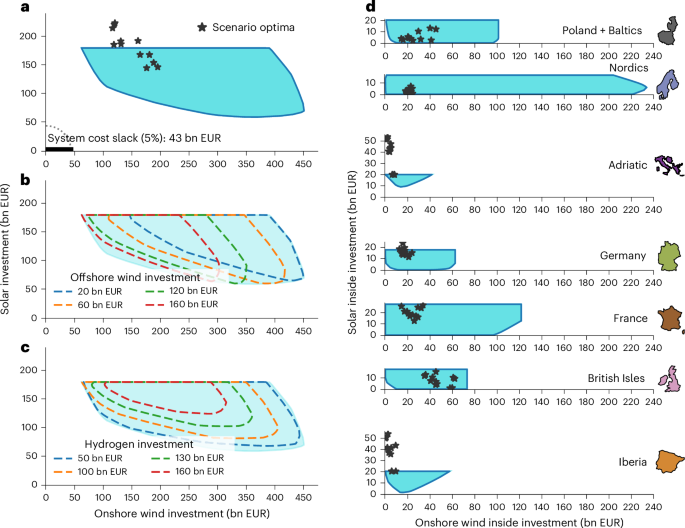Europe's Transition to Climate Neutrality: Challenges and Opportunities in Energy Modelling
Key Ideas
- European initiatives like the European Climate Law and the European Green Deal are driving the transition to climate neutrality.
- Energy system modeling plays a crucial role in facilitating multi-level governance for successful energy transitions in Europe.
- Studies highlight the importance of investing in hydrogen for grid infrastructure, power prices, and achieving energy security and climate policy targets.
- Europe's energy system is progressing towards a more sustainable, resilient, and cost-optimized future with a focus on renewables and sector coupling.
The European transition to climate neutrality is a multifaceted process driven by key initiatives like the European Climate Law and the European Green Deal. Energy system modeling is recognized as pivotal in fostering multi-level governance to navigate the complexities of energy transitions efficiently. Research studies underscore the significance of hydrogen investments, particularly in areas like North Sea offshore wind, grid infrastructure, and power prices, emphasizing their role in enhancing energy security and meeting climate policy objectives. Europe's energy landscape is evolving towards sustainability and resilience, supported by investments in renewable energy sources like wind and solar power. The synergy of sector coupling and transmission reinforcement is explored to achieve a highly renewable energy system. With diverse options for decarbonization and a focus on a cost-optimized approach, Europe aims to reach its climate targets and advance towards a prosperous, sustainable future.
Topics
Production
Renewable Energy
Sustainability
Decarbonization
Wind Energy
European Union
Electricity Sector
Climate Policy
Energy Modelling
Latest News
